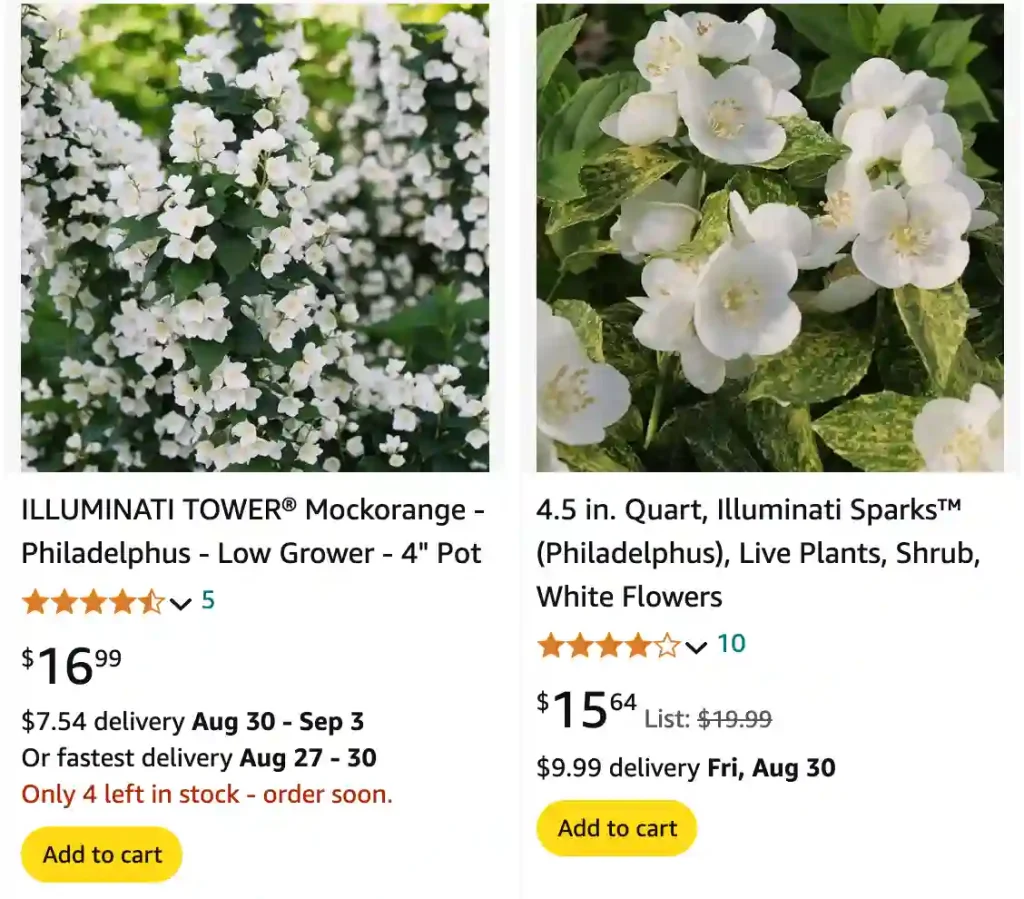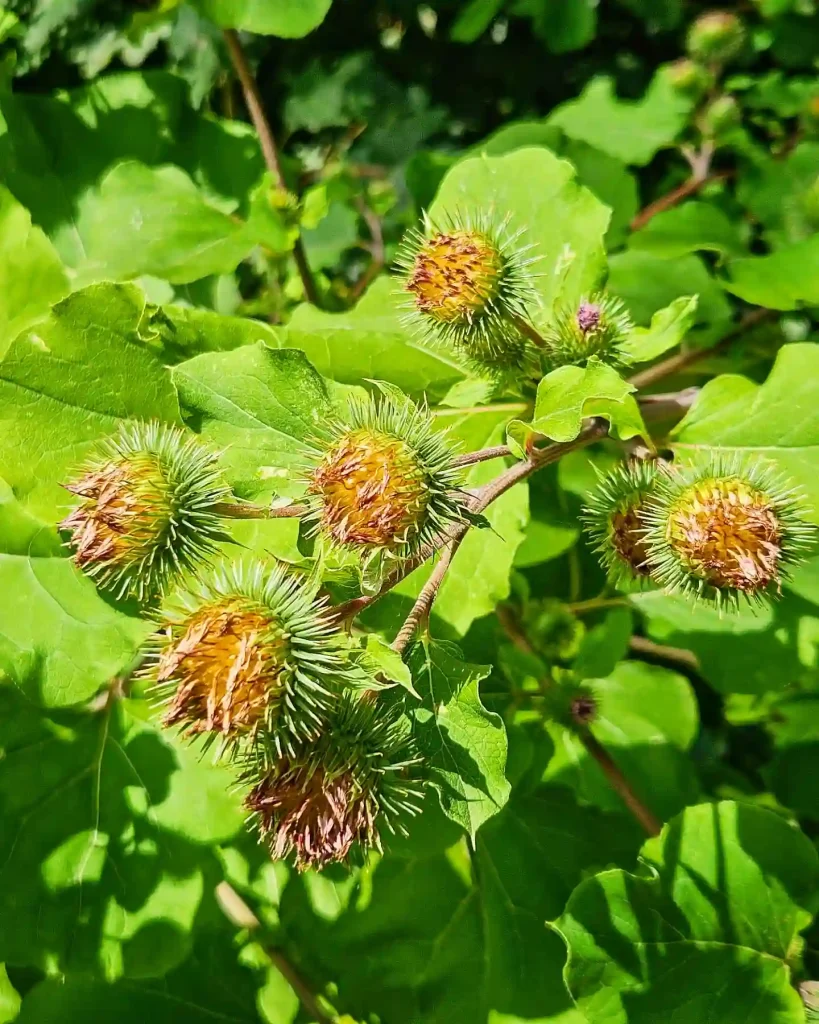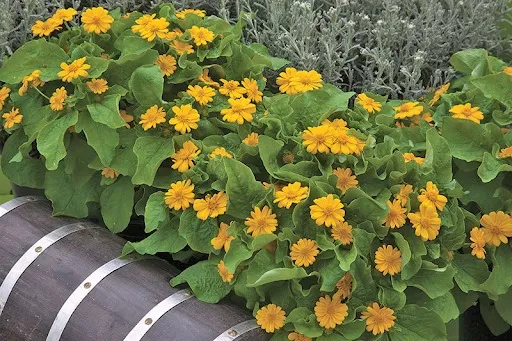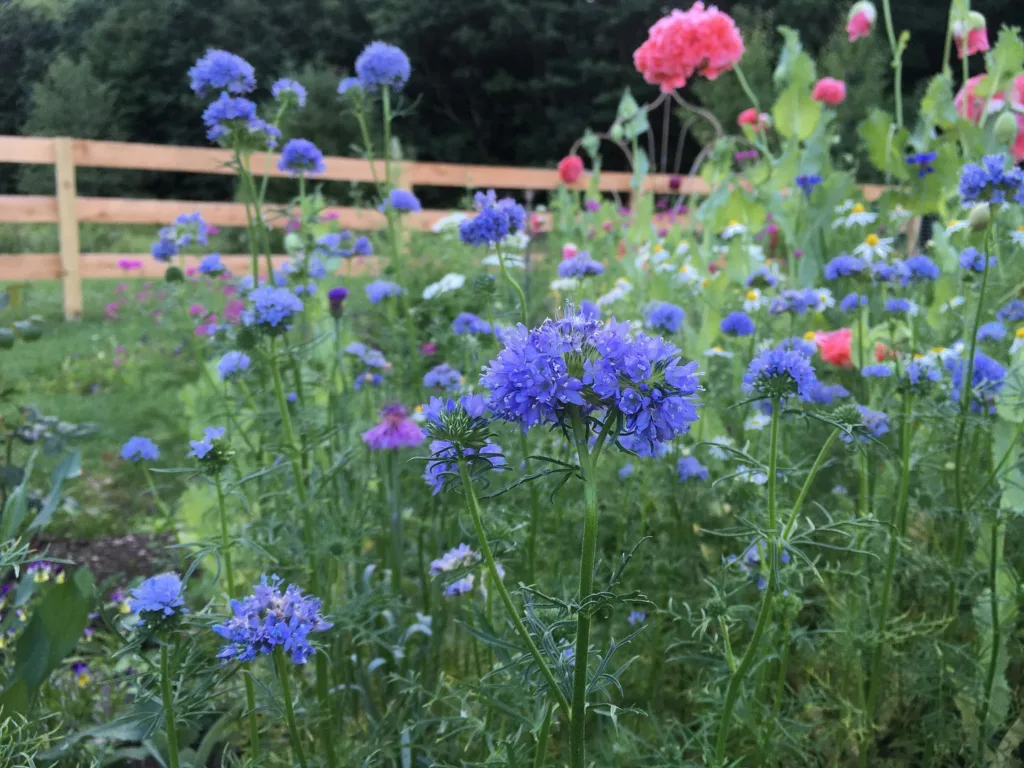
FAQs About Mock Orange
When it comes to adding a touch of elegance and fragrance to your garden, Philadelphus Coronarius, commonly known as the Mock Orange, stands out. I’ve spent quite a bit of time with this plant, and I’ve found it to be both charming and manageable. If you’re considering adding it to your garden or already have one and are looking for some guidance, here’s a comprehensive look at the most frequently asked questions about Philadelphus Coronarius.
45 Species in Genus Philadelphus
Is Philadelphus Coronarius Poisonous?
Philadelphus Coronarius is generally not considered toxic to humans. I’ve never had issues with it being harmful, but it’s always wise to keep an eye on children and pets around garden plants. Even non-toxic plants can cause mild irritation if ingested in large amounts.
Is Philadelphus Coronarius Safe for Animals?
As for pets, Philadelphus Coronarius is safe for animals. I’ve had my dogs and cats around this shrub with no issues. They’ve never shown any interest in chewing on it, but if you have animals that are prone to nibbling on plants, it’s always best to monitor their behavior and consult a vet if you have concerns.
How Big Does Philadelphus Coronarius Grow?
When it comes to adding a touch of elegance and fragrance to your garden, Philadelphus Coronarius, commonly known as the Mock Orange, stands out. I’ve spent quite a bit of time with this plant, and I’ve found it to be both charming and manageable. If you’re considering adding it to your garden or already have one and are looking for some guidance, here’s a comprehensive look at the most frequently asked questions about Philadelphus Coronarius.
How to Care for Philadelphus Coronarius?
Caring for Philadelphus Coronarius is relatively straightforward. This plant thrives in full sun to partial shade and prefers well-drained soil. I’ve found it does best with regular watering, especially during dry spells, but be careful not to overwater. Mulching around the base can help retain moisture and keep weeds at bay.
How to Prune a Mock Orange?
Pruning Mock Orange is essential for maintaining its health and promoting a good shape. I usually prune my Mock Orange right after it finishes blooming. This timing helps to avoid cutting off next year’s flower buds. Start by removing any dead or diseased wood. Then, thin out crowded branches to improve air circulation and light penetration. Make sure to cut back to just above a healthy bud or branch. Regular pruning helps keep the plant compact and encourages more blooms.
When to Prune Mock Orange?
The best time to prune Mock Orange is immediately after flowering. For most varieties, this is in late spring to early summer. Pruning at this time ensures you don’t cut off the buds that will bloom the following year. If you wait too long, you might miss out on a spectacular show of flowers.
Is Mock Orange Evergreen?
Mock Orange is not evergreen. It typically sheds its leaves in the fall, especially in colder climates. The shrub is deciduous, meaning it will lose its leaves and go dormant during the winter months. Despite this, it remains a lovely addition to the garden with its vibrant blooms in the spring.
Is Mock Orange Invasive?
Mock Orange can be somewhat invasive, depending on the region. It tends to spread through suckering, which can lead to it taking over garden spaces if not properly managed. If you’re planting Mock Orange in your garden, be prepared to keep it in check to prevent it from becoming overly dominant.
Do Deer Eat Mock Orange?
In my experience, deer tend to avoid Mock Orange. The plant’s fragrant foliage and flowers are usually not appealing to them. However, if deer are particularly hungry or if food sources are scarce, they might nibble on it. Generally, Mock Orange is a good choice for gardens in deer-prone areas.
How to Propagate Mock Orange?
Propagating Mock Orange is relatively straightforward. You can do it through cuttings or by division. For cuttings, take semi-hardwood cuttings in late summer or early fall, dip them in rooting hormone, and plant them in a well-draining medium. Keep them moist and in a shaded area until they develop roots. Division can be done in early spring or fall by separating established plants into smaller sections and replanting them.
Can Mock Orange Grow in Pots?
Mock Orange can grow in pots, but it requires a large container to accommodate its root system. Choose a pot that is at least 18 inches in diameter and ensure it has good drainage. Regular watering and fertilizing will help it thrive in a pot. However, it’s worth noting that potted Mock Orange may not reach its full potential size compared to those planted in the ground.
Can You Grow Philadelphus Coronarius Indoors?
Philadelphus Coronarius is best suited for outdoor gardens due to its size and growth requirements. It’s not typically grown indoors because it needs ample space, sunlight, and a larger environment than what most indoor settings can provide. If you’re looking for indoor plants, consider smaller species that are better suited for indoor conditions.
How Fast Does Mock Orange Grow?
Mock Orange is a moderately fast-growing shrub. You can expect it to grow about 12 to 24 inches per year, depending on the variety and growing conditions. It typically reaches its full size in 3 to 5 years. Regular feeding and proper care can help encourage healthy growth.
How Long Does Mock Orange Bloom?
Mock Orange generally blooms for about 2 to 3 weeks during late spring to early summer. The exact timing can vary depending on the climate and specific variety. The blooms are quite profuse and can cover the plant, offering a stunning display of white flowers.
Does Mock Orange Attract Bees?
Yes, Mock Orange does attract bees. The plant’s fragrant flowers are a favorite among pollinators. If you’re looking to encourage beneficial insects in your garden, Mock Orange is an excellent choice.
Does Mock Orange Grow in Shade?
Mock Orange prefers full sun to partial shade. It thrives in a sunny spot where it can get at least 6 hours of sunlight per day. While it can tolerate some shade, its blooming might not be as prolific in lower light conditions.
What Does Mock Orange Look Like?
Mock Orange is known for its attractive, glossy green leaves and its stunning, fragrant white flowers. The blooms resemble those of jasmine and are typically produced in clusters. The shrub has a rounded, bushy growth habit and can reach heights of 6 to 12 feet, depending on the variety.
What Does Mock Orange Smell Like?
The scent of Mock Orange is often described as sweet and citrusy. It’s similar to the fragrance of orange blossoms, which is why it has earned its name. The smell is quite pleasant and can fill the garden with a lovely aroma during its blooming period.
Mock Orange vs. Jasmine
While Mock Orange and Jasmine both offer fragrant blooms, they are quite different. Mock Orange (Philadelphus) has a more robust, shrub-like form with larger, showy flowers. Jasmine (Jasminum), on the other hand, is often a vine or smaller shrub with smaller, more delicate flowers. The fragrances are similar, but Jasmine typically has a stronger, more exotic scent.
Mock Orange vs. Mexican Orange
Mock Orange and Mexican Orange (Choisya) can be confusing due to their names and similar uses. Mock Orange, as mentioned, is a deciduous shrub with white flowers and a sweet fragrance. Mexican Orange is evergreen and produces small, white or yellowish flowers with a slightly different scent. Mexican Orange also has a more compact, dense growth habit compared to Mock Orange.
Mock Orange vs. Syringa
Mock Orange and Syringa (Lilac) are often compared because both have fragrant flowers and a similar appearance. Mock Orange blooms in late spring to early summer, while Syringa typically blooms in late spring. Syringa is usually a deciduous shrub with more varied flower colors, including shades of purple and pink, whereas Mock Orange is known for its white blooms.
What to Plant With Mock Orange?
Mock Orange pairs well with other shrubs like Hydrangea, Spirea, or flowering perennials like Phlox and Daylilies. These companions can complement its blooms and provide varied textures and colors throughout the growing season.
Common Problems
Common problems with Mock Orange include issues with powdery mildew and aphids. Regularly inspect the plant and ensure proper air circulation to prevent these issues. Using organic insecticides or fungicides can help manage any problems that arise.
Mock Orange is a versatile and attractive shrub that can enhance any garden with its beautiful flowers and pleasant fragrance. With the right care and understanding, it can be a delightful addition to your outdoor space.
If i die, water my plants!



